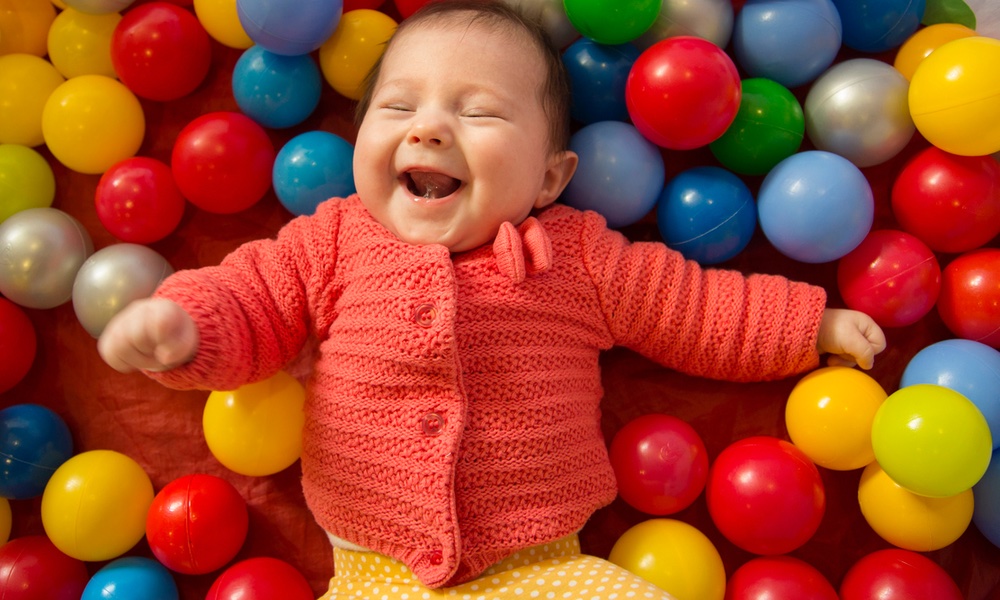We are reminded daily of the idea that our memories are fallible. We forget where we parked the car, try to recall our second grade teacher's name, and read about yet another case where an eyewitness's sworn testimony is disproven years later by DNA evidence.
It's one thing to forget a name, but how can a person be so sure of a memory that proves to be false?
We now have a better idea as to why and how this happens. Neuroscientists have succeeded in creating a false memory in a mouse, and in the process they have uncovered specific clues about how memories — both real and falsely constructed — form in human brains.
When the researchers delivered a pulse of light, activating the specific memory from the 'shock chamber,' the mice froze in fear as the previous memory was reactivated.
Each engram translates one specific memory and is stored in a specific network of brain cells in an area called the hippocampus. The engrams encode information relating to a particular experience – such as the sights and smells associated with your favorite restaurant. These memories, called episodic memories, are also enhanced by getting enough sleep.
To prove that episodic memories are stored in the hippocampus, the scientists used a cutting-edge technology called optogenetics that allows cells to be selectively activated or deactivated with light.
The researchers engineered brain cells in a mouse hippocampus to produce a protein known as channelrhodopsin whenever a memory is being formed. The channelrhodopsin protein allows the brain cells to be selectively manipulated by light.
Using this method they were able to label the precise brain cells encoding a memory trace — in this case it was the memory of a mild electric shock — with the light-sensitive proteins. This allowed the scientists to manipulate the memory engram itself.
The scientists then went a step further to see if they could use this technique to place "false memories" inside the mouse’s brain. First, they acclimated the mice to chamber A but did not deliver any shocks. Instead, they allowed the brain cells associated with the memory engram from chamber A to be labeled with channelrhodopsin.
Then the mice were taken out and placed in a different chamber B. This time, the scientists delivered a mild foot shock while at the same time using a pulse of light to activate the memory engram from chamber A.The mice had incorporated a "false memory," they feared chamber A because when they were given a shock in chamber B, they had been reliving the experience of being in chamber A.
A day later, the mice were placed back in chamber A. Instead of exploring normally, the mice froze, even though they had never been shocked there. The mice had incorporated a "false memory," they feared chamber A because when they were given a shock in chamber B, they had been reliving the experience of being in chamber A.
Importantly, the researchers determined that the amygdala receives input from the hippocampus during recall of both fake and genuine memories. The fact that the same neural pathways are involved in the recall of false and genuine memories could explain the tendency of witnesses in a court of law to provide a false description of an experience that they sincerely believe to be true.
“Whether it's a false or genuine memory, the brain's neural mechanism underlying the recall of the memory is the same,” said Susumu Tonegawa, professor of Biology and Neuroscience at MIT and senior author of the study. The study is published in the journal Science.




